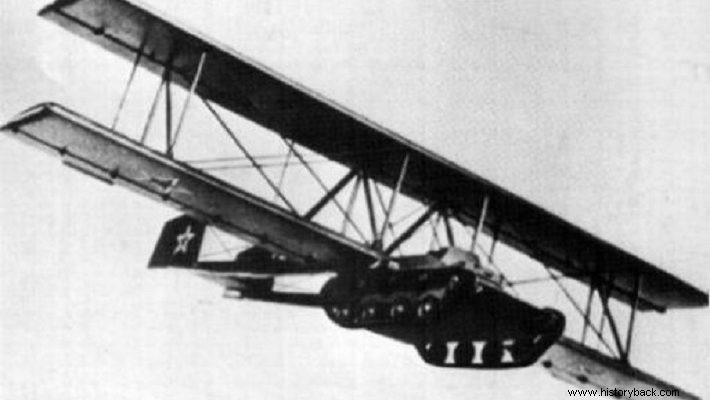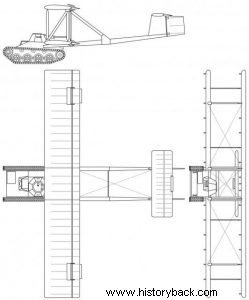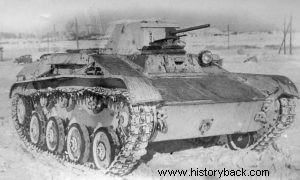
Since the appearance of the battle tank on the battlefields, the question of increasing their agility and flexibility has been raised. Gradually the tanks got more powerful engines, guns and armours. At the same time, the doctrine of tank cooperation with aviation began to develop.
In the 1930s the Soviets performed the first tests of airlifted tanks and armored vehicles. TB-3 heavy bombers were used in the tests. T-27 and T-37A light tanks were attached under their fuselage.
Despite successful trials by the time World War II broke out both of these light tanks were obsolete. Nevertheless, they were used in the dark days of the German invasion for the USSR. T-37A tanks were even airlifted to Vyazma.
However, a more drastic solution was discussed. The "flying" chariot, equipped with wings! The designer Aram Rafaelyants took over in 1933 the implementation of the program. A BT-2 tank would be attached under a special glider which would also have a propeller.
The then Minister of Defense Marshal Vorosilov initially accepted the plans, but eventually rejected them on the grounds that they did not provide an immediate result but would take a long time to make the idea operational.
In 1941 the designer Oleg Antonov was ordered to design a glider capable of carrying a T-60 light tank. The undercarriage would be fitted with double vertical fixed winglets. Immediately after landing the tank would discard the wings and fight normally.
But since even the light T-60 was heavy, it was decided to carry a small amount of fuel. The flight of the chariot was controlled from the driver's seat. The tower was leaning completely backwards.
The "flying" tank was named A-40. Work began in December 1941. The "flying" tank would be towed by a TB-3 heavy bomber. The works continued until 1943 when they stopped.
On September 12, 1942 the "flying" tank flew for the first time with test pilot Sergei Anokin in command. The flying chariot had no tower. However, the weight "dropped" the speed of the tow bomber to only 80 miles per hour and the tank flew to a height of only 40 m. The engines of the bomber soon overheated and it was decided to land immediately.
Anokin managed to land the chariot successfully and drive it to the airfield although he nearly came under fire from the surprised guards. This was the first and last flight of the "flying" chariot.


T-60 light tank.
